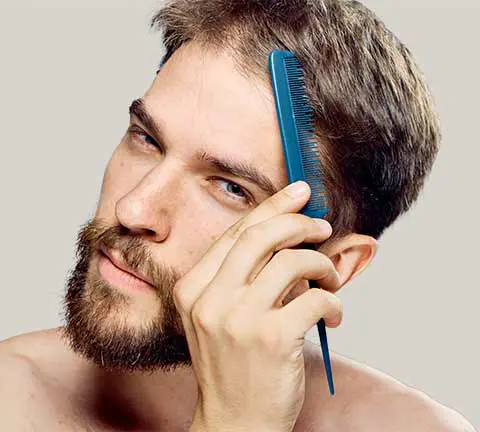FUT vs. FUE Hair Transplantation
A natural-looking, long-lasting solution for hair loss
If you’re concerned about balding or thinning hair, hair transplantation is a remarkably effective – and permanent – way to enhance your appearance and boost self-confidence. But not all hair restoration techniques are created equal, so it’s important to be an informed consumer.
FUT vs. FUE Hair Transplantation
A natural-looking, long-lasting solution for hair loss
If you’re concerned about balding or thinning hair, hair transplantation is a remarkably effective – and permanent – way to enhance your appearance and boost self-confidence. But not all hair restoration techniques are created equal, so it’s important to be an informed consumer.
Two Methods Of Harvesting Hair Follicles - FUT vs. FUE
Currently there are two primary surgical techniques or methods used in performing hair transplantation– FUT (STRIP) and FUE. With the FUT technique, a section of scalp is excised with a scalpel. The scalp is brought together with either sutures or staples leaving the possibility of a donor linear scar in the back of the scalp. Next, the hair follicles or hair grafts are inserted into tiny slits placed by the surgeon in the balding recipient area. The follicles with a single hair are placed in the front rows to define and create a natural hairline. The more dense natural occurring folllicular units are placed by hand in areas where hair density is needed the most.
With automated FUE a minimal depth scoring punch device is used to loosen the follicle from the surrounding tissues. The small naturally occurring hair follicle units are then removed directly from the donor area.
With the FUE procedure, a 0.8 or 1.0 mm punch minimal depth scoring excision is used in the skin around the upper part of the follicular unit (hair follicles). The hair follicle is then extracted directly from the scalp and manually placed into tiny slits in the balding area similar to the FUT method.



















